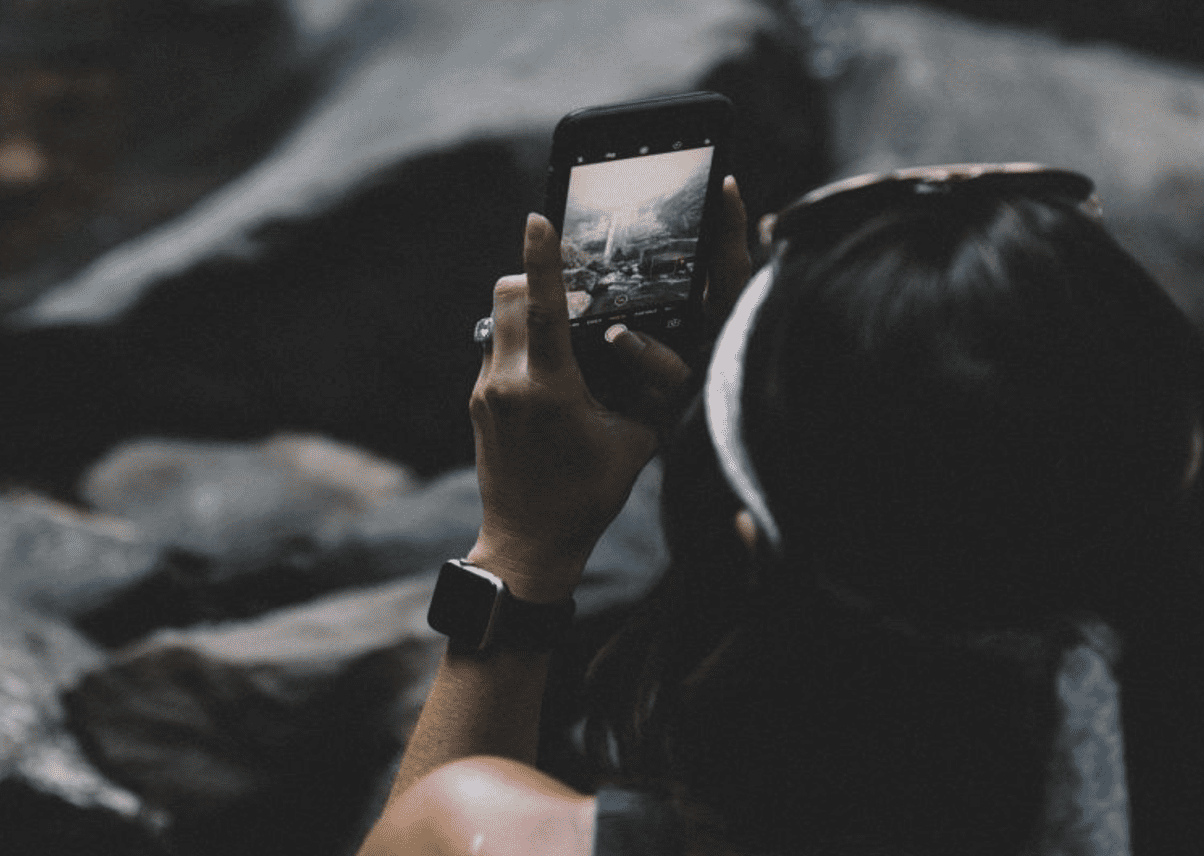How many times have you wished a moment last forever? In the real world, it’s just a wish. So you can just memorize and relive those instants every time you think about them. Photos can help you with that, as they are a more lasting record than a memory.
One of the most common reasons people take pictures is to record special moments. They pass quickly, and images can freeze them for posterity. That way, you can get your memory immortalized forever. These shots allow you to relive special events and dear people and share your memories with others. You can show them to anyone and tell great stories behind these shots.
Brief history of photography is written on the source below:
https://www.thesprucecrafts.com/brief-history-of-photography-2688527
With the development of science and technology, people have raised photography art to a higher level and made it affordable. You no longer need expensive, bulky equipment to take pro photos – good high-resolution smartphone and some basic shooting skills will do. So even if you don’t consider yourself a pro photographer, you still enjoy taking pictures for your own satisfaction.
Know Your Camera
Learning to take better shots is not hard, but you have to start with the basics. Nowadays, people usually use smartphones, but that’s not a limiting factor as these devices can take truly stunning photos. With a few simple techniques, your ordinary phone shots can become extraordinary.
So the first tip is to know your shooting device. Go through camera settings and check all options available. You might be surprised by their variety. This technical knowledge will improve your photos and increase your chances of getting the best shots.
You probably carry your phone with you all the time, whether in a bag, holster, or pockets. Traces of dust, fingers, and dirt remain on it. All that can affect the quality and purity of the image. So you have to clean the camera before taking a photo. It would be best to do this with a spectacle cloth.
Make the Most of the Subject
Whatever your subject is, pay attention to photo symmetry. It represents the proportion and balance of the elements. Two halves of the shot should resemble a reflection in a mirror. But that doesn’t mean it should look like that. It’s more about putting proportional, matching objects on each side of the screen.
When shooting people, you should be aware of the moment. You can take great photos that capture their essence by paying attention to your subjects and their mimics. More tips on making great shots of people (or yourself) find here.
There’s an unwritten rule that good photos have an odd number of objects. Three flowers portrayed look much nicer than two. That’s not always possible with people. For example, you can’t always split a newlywed or a family with an even number of members. But you can set them to make the shot symmetrical – for example, some should stand, others sit.
Use Natural Leading Lines
When portraying landscapes, it comes somehow naturally to use leading lines. These are lines and edges in the environment to direct the viewer’s eye through the photo. Examples of leading lines include a forest path, fence, riverside, or road dividing line. These can help you eliminate excess noise and lead viewers’ eyes through the photo.
Rules of Thirds
One of the common mistakes when taking pictures is to place the main subject in the middle of the photo. Whether you’re shooting a person, a building, an animal, or anything else, you probably think you’ll get the most out of it if that’s in a central position. That seems logical but will actually make the photo look artificial.
Instead, follow the rule of thirds. Turn on gridlines in your camera settings. They will help you position the subject more easily. All you need to do is move it a little to the left or right of the gridlines on the screen. That way, the photo will look more natural and spontaneous.
Professional photographers recommend leaving about two-thirds negative space to make the subject stand out. But use a focus on the screen before taking a shot. That will make the subject stand out and make optimize scene lighting.
Use Light to Your Favor
Be still and use light in your favor. Sometimes, you’ll need dozens of shots to get just one perfect. The best time for a photo is during daylight. The sun will be higher, resulting in harsher lighting, even if it’s cloudy. If you opt for sunrise or sunset shots, you should adjust settings and turn on High Dynamic Range to set the lighting.
Play with Angles

Changing the perspective often gives an entirely different tone to your photos, so give it a try. A good angle will also make the photo look more natural and flattering. So rotate the camera at different angles; for example, turn your phone vertically or just tilt it forward.
Experts from simonrochfortphoto.com suggest you to use lower perspective, also known as the frog’s-eye view. It emphasizes the subject’s superiority, as everything looks bigger when you look at it from down below. Things captured from above look impressive, too. They highlight the uniqueness of the subject, providing an insight into it from a different angle.
Photos are faithful memory keepers and a reminder of some beautiful, bygone times. The best shots are the most memorable if they have a story to tell. Making them is not easy, even if you always have a phone with you. So you should learn to catch the right moments and feelings.
